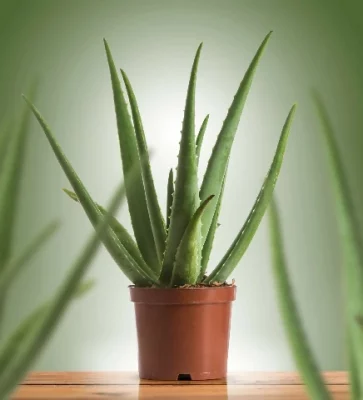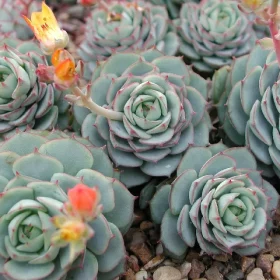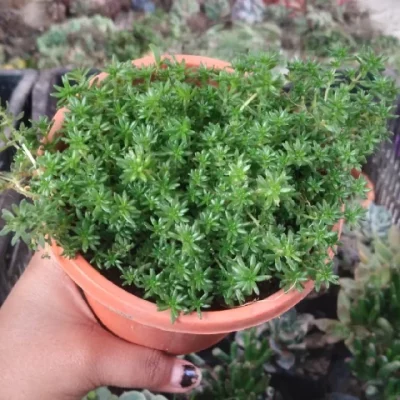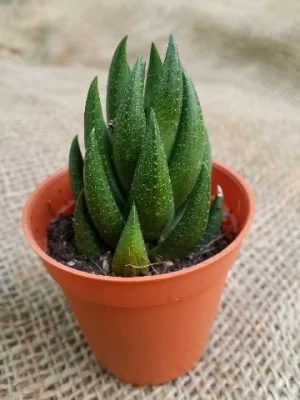Introduction to Succulent Diversity:
Succulents have become hugely popular in recent years, attracting gardeners and plant lovers with their breathtaking shapes, vibrant colors, and easy care. These versatile plants are known for their ability to retain water in their leaves, stems and roots, making them very resilient in dry conditions. Due to the Succulent Diversity to choose from, this article serves as a detailed guide, providing insight into different succulent species and their characteristics.

1.)Aloe (Aloe genus):
The aloe plant is he one of the best known and most popular succulents. There are over 400 species of aloe, and they come in all shapes, sizes, and colors. It often has fleshy lanceolate leaves arranged in a rosette pattern. Notable varieties include Aloe Vera, known for its medicinal properties, and Aloe Aristata, commonly known as the Torch Plant, noted for its characteristic white spots.

2.)Echeveria (genus Echeveria):
Echeveria is popular for its attractive rosette-shaped arrangement and features overlapping, fleshy leaves with captivating colors ranging from pastel to deep purple. These succulents are very suitable for container gardens and rock gardens. Notable species include Echeveria he Elegance, known for its powdery blue-green foliage, and Echeveria ‘Lola’, which features interesting shades of pink and lavender. Stonecrop (Sedum spp.):
3.)Sedum:
Sedum is commonly called stonecrop, includes a large genus of over 400 species. These succulents are known for their versatility and adaptability, growing in a wide variety of climates and soil conditions. Sedums feature plump leaves that come in a variety of shapes, colors, and textures. Popular examples include Sedum spurum ‘Dragon’s Blood’, which has crimson leaves, and Sedum Morganianum, commonly known as ‘Bro’s Tail’ because of its cascading habit.
4.)Crassula spp.:
The Crassula genus is a diverse succulent plant containing a wide range of species from compact rosettes to branching shrubs. Often adorned with thick, glossy foliage, Crassula features an amazing range of colors, including greens, silvers, reds, and even variegated combinations. Crassula ovata, commonly known as the jade plant or the money plant, is a well-known member of the genus and revered as a symbol of good luck and prosperity.
5.)Haworthia (genus Haworthia):
Haworthia is a unique succulent that forms a rosette of thick, fleshy leaves with characteristic raised patterns or nodules. These plants are usually small, which makes them perfect for growing indoors. Haworthia fasciata, also known as the zebra plant for its white stripes, and Haworthia couperi, with its translucent leaves, are popular collectors’ plants. Agave (agave genus):

6.)Agave :
Agave is a showy succulent known for its dramatic architectural forms. These plants often have long, stiff leaves that radiate from a central point and form a dense rosette or basal tuft. Agaves come in a variety of sizes, with some species reaching several feet tall. Notable examples are Agave americana, known as Century plant, and Agave parry, commonly known as artichoke agave.
Conclusion:
Succulent diversity encompasses a wide array of shapes, colors, and textures, making these plants a captivating addition to any collection. Succulents come in an enchanting variety of shapes, colors and textures, making them an attractive addition to your garden or indoor space. This comprehensive guide covers just a few of them.




Pingback: Crassula Succulents: A Comprehensive Care Guide - PlantsStor
Pingback: Succulent Pollination and Seed Saving: A Comprehensive Guide